Over recent years, pressing has become more and more of a staple in today’s modern soccer tactics. Many coaches often ask ‘how do you beat a team that presses?’. This post will go over 6 effective tactics that you start coaching your team with.
The High Press
The most common form of pressing you will see implemented by teams is a high press.
This is a type of press that occurs in your defensive 1/3 when an opposition team tries to win the ball as high up the pitch as possible.
The opposition players will force your players into mistakes that cheaply concede possession in a dangerous part of the pitch.
Many teams will struggle to play out of the back when an opposition team imposes a high press.
Beat a team that presses high with these 7 tips
To quickly summarize, these are the 6 tips that will help you beat the press:
- Make the pitch as wide as possible
- Receive the ball in an open-body position
- Play passes that break through the pressing lines
- Exploit space behind the press
- Use movement to create space for themselves and their teammates
- The goalkeeper needs to be comfortable with the ball at their feet
- Keep possession of the ball
Below, the post will go into more detail for you to fully utilize the information.
The 4-3-3 soccer formation is commonly used by teams that like to press high.
Make the pitch as wide as possible
This may seem like a very obvious tactic to implement but not enough teams do this when trying to beat a team that presses.
To make the pitch as wide as possible players should get as close to the sideline as possible.
In the defensive 1/3, this responsibility will fall onto the fullbacks, wingbacks, or center-backs depending on the formation and tactics.
These are the benefits if your team makes the pitch as wide as possible when trying to beat the press:
- Your players will have more time to pass and receive the ball and make better decisions
- Teammates in the middle of the pitch will now have more space to receive the ball through defensive lines
- The distance the opposition has cover in order to press has drastically increased
If you look below, here is an example of a team that does not fully utilize the space of the pitch
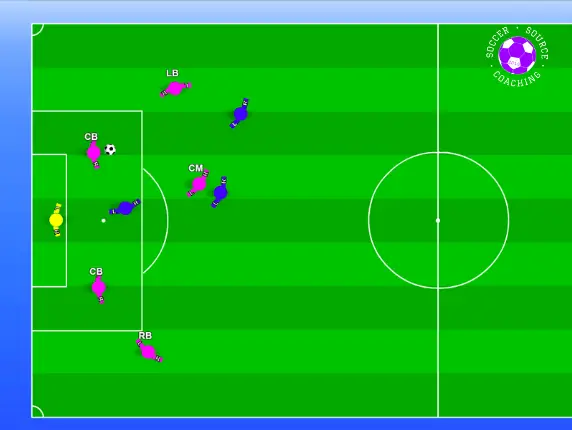
Now, compare the to this image below.
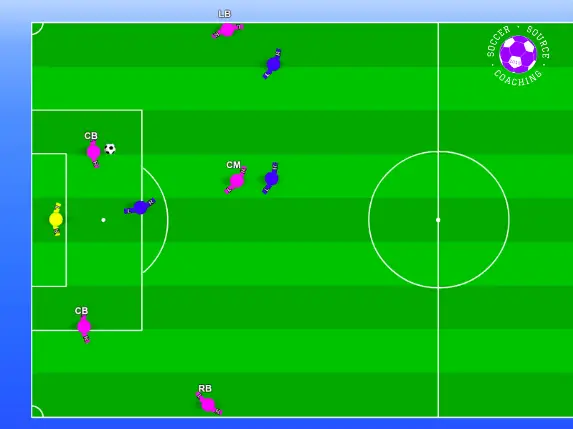
See how by spreading out as wide as possible, they have created more space in central areas which gives the team a huge advantage in beating the team that is pressing.
Open body position when receiving the ball
By receiving the ball in an open body position and on the back, soccer players are able to keep as many options open to them as possible when they receive the ball.
It also makes them a lot harder to press as they will have more than 1 option on the ball.
A lot of the time the players who get caught in possession by the press are those with a poor body position when receiving the ball.
This is what receiving the ball in an open-body position should look like:
- Side-on-body position
- The player’s chest should be facing the direction that they want to play
- When a pass is played the player should let the ball roll across their body
- They should take their touch or play their first-time pass using the back foot.
The back foot is the foot that is furthest away from the direction that the ball is played.
For example, if a player is in an open body position and is receiving the ball from their right side, their left foot will be the back foot.
These receiving and turning drills can help
Below is an example of a player who receives the ball in a closed-body position.
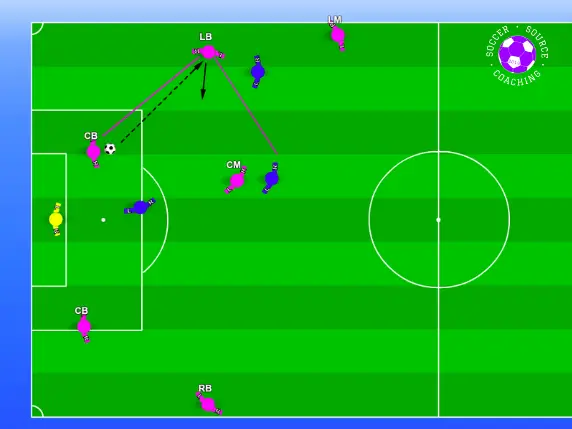
See how:
- Their first touch plays into the pressing player’s hands
- They have very limited options on the ball
- Could potentially lose the ball in a dangerous area
- Teams will likely target this player when pressing
This is what receiving the ball in an open-body position will look like
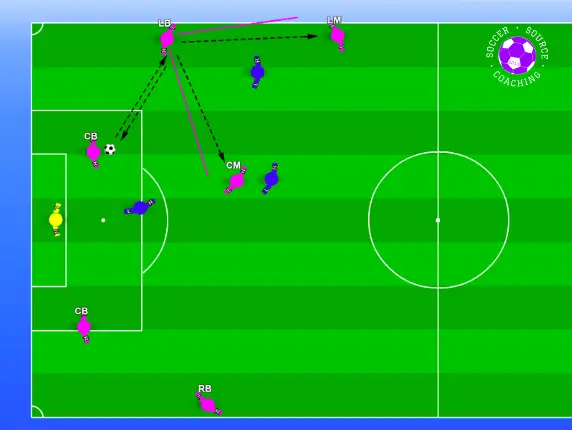
See how:
- They have more options when they receive the ball
- The player pressing will be more hesitant to press
- Can help their team beat the press and start an attack
- They will be less likely targeted by the opposition team when pressing
Play passes that break through the pressing lines
By using the whole width of the pitch and players receiving the ball in an open-body position, larger gaps will appear to pass through spaces in the pressing line.
This is how your team can play through defensive lines to be a team that presses:
- Identify opposition players who a slow to press, this will allow your team more time and space to play those passes
- The player on the ball must play with their head up and in an open-body position
- The teammate looking to receive the pass must find passing lanes behind the pressing lines
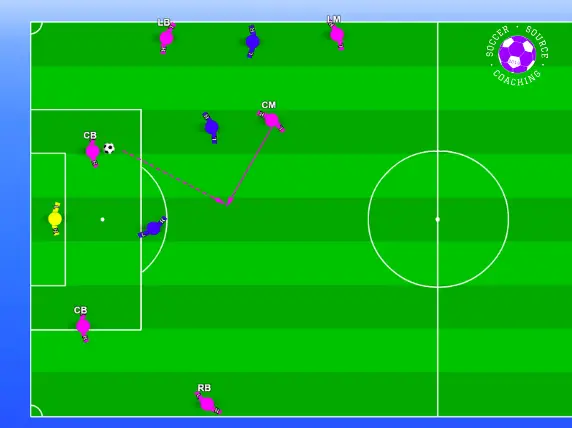
See how the teammate looking to receive the ball has checked in and created an angle to receive the pass between 2 pressing players.
Use movement to create space for yourself and your teammates
When a team is static they become incredibly easy to press.
To make pressing incredibly difficult for the opposition team, players off the ball need to move so that they can create space for themselves and their teammates to receive the ball.
These are different ways players can create space for themselves, and their teammates to beat a team pressing:
- Check-in short to receive the ball behind
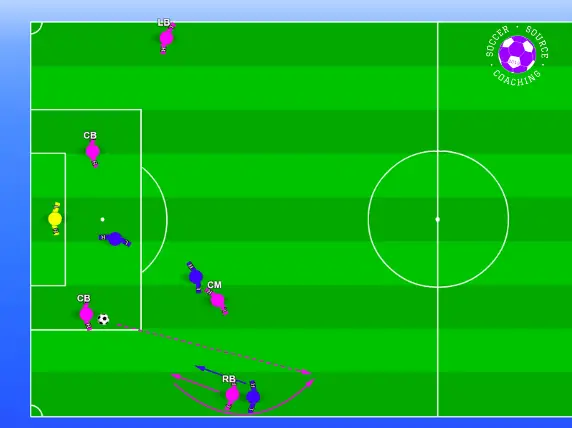
- Check-out to receive the ball short
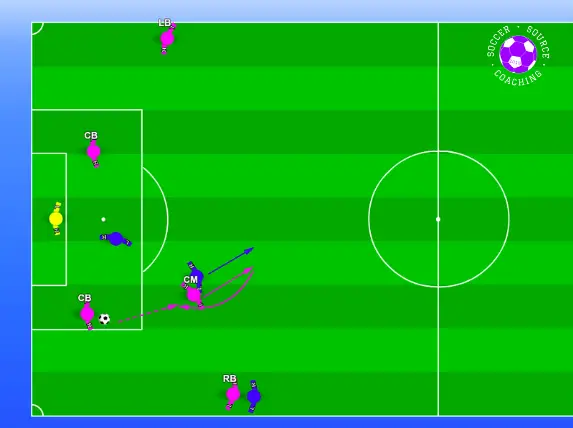
- Move out of a space, to allow a teammate to receive the ball short
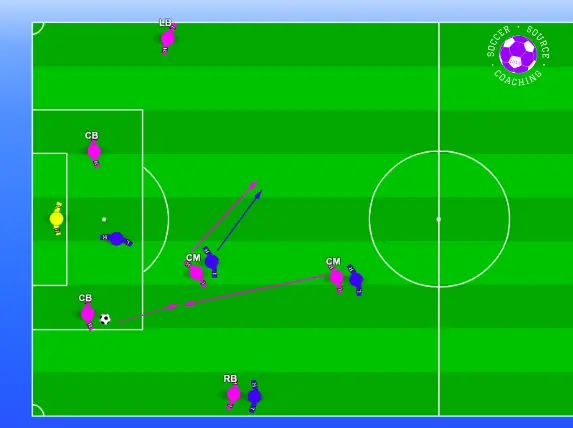
- Check-in to space, to allow a teammate to receive the ball behind
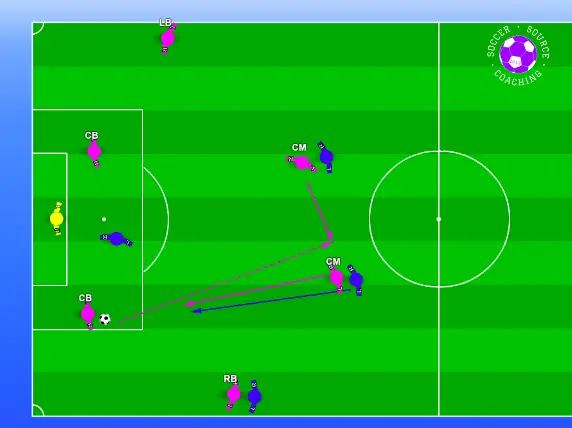
It is important to remember that a player must typically make a minimum of 2 movements to create space for themselves.
The first movement is the decoy run, to create space.
The second movement is the purposeful movement to receive the ball in the space created.
When players work together to create space for themselves the first player is making the decoy run, with the second player making the run to receive the ball.
These drills will ensure players lose their markers every time
Exploit the space behind the press
Beating the press doesn’t always have to be pretty!
When a team presses high up the pitch space is created behind the pressing players.
To exploit the space behind the space your team can play a long ball to a target player.
The target player will attempt to hold up the ball and bring teammates into play in a more advanced section of the pitch.
Playing a long ball to exploit space is great for a team that:
- That is not comfortable playing out from the back
- Is looking for a quick counter-attack while the majority of the team is pressing
- Has no options to play a short pass
- Wants to relieve pressure to try and reset/stabilize
Remember that success comes in different forms.
Although this may not be the prettiest way to beat a team that presses it is certainly effective at relieving pressure.
However, this shouldn’t always be the first resort to trying to beat a team that presses.
The goalkeeper needs to be comfortable with the ball at their feet
To help beat a team that presses it is essential that you have a goalkeeper that is comfortable with the ball at their feet.
The goalkeeper will play a crucial role in the success of beating a team that presses.
They do this by:
- Playing as the teams pivot in the defensive third
- Giving confidence to the players around them
- Talking and communicating with the team to avoid losing possession
It is essential that goalkeeper drills involve some footwork and basic passing and receiving.
It is great having a confident goalkeeper but it is important that they don’t take too many risks when attempting to beat the press, because when they make a mistake it usually ends up as a goal!
Make sure that they know when to play out from the back and when it is a good time to play a long ball.
Keep possession of the ball
Finally, keep possession of the ball!
If you implement all the previous tactics, this one should be easy.
Maintaining a high-intensity press for an extended period of time can be incredibly draining on the body.
By keeping possession of the ball and moving the ball from side to side using the entire width of the pitch, you are ensuring that the opposition team is using a vast amount of energy to maintain the press.
As the game progresses the opposition press will gradually become less effective allowing your players more time and space to pick apart the opposition press.
Here are the possession drills I use with my teams.
Final thoughts on how to beat a press
Beating a pressing team in soccer is definitely possible, and these 7 tactics will provide your team with a solid foundation for when you do come up against teams that enjoy pressing.
The high press is 1 of 4 different pressing tactics a team can use
If your team is struggling to beat the press try and identify the root cause of why they are not succeeding.
For example, if your players are caught in possession of the ball in a dangerous area, is because:
- They received the ball in a poor body position?
- Players off the ball were static?
- Should the ball have been played long?
- Are teammates not creating passing lanes to receive the ball through defensive lines?
I created these soccer drills for helping teams play out the back and beat the pressing team.
I hope these tactics are able to help beat a team that presses!
If you found these tactics helpful or know someone that would, share them using the social media buttons.
Thank you for reading and sharing,
Toby
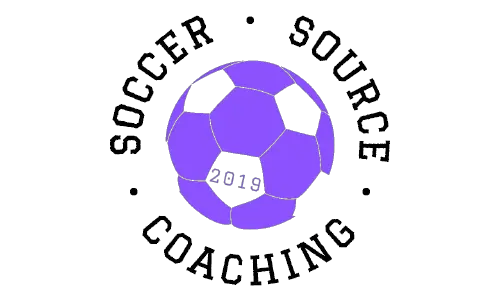
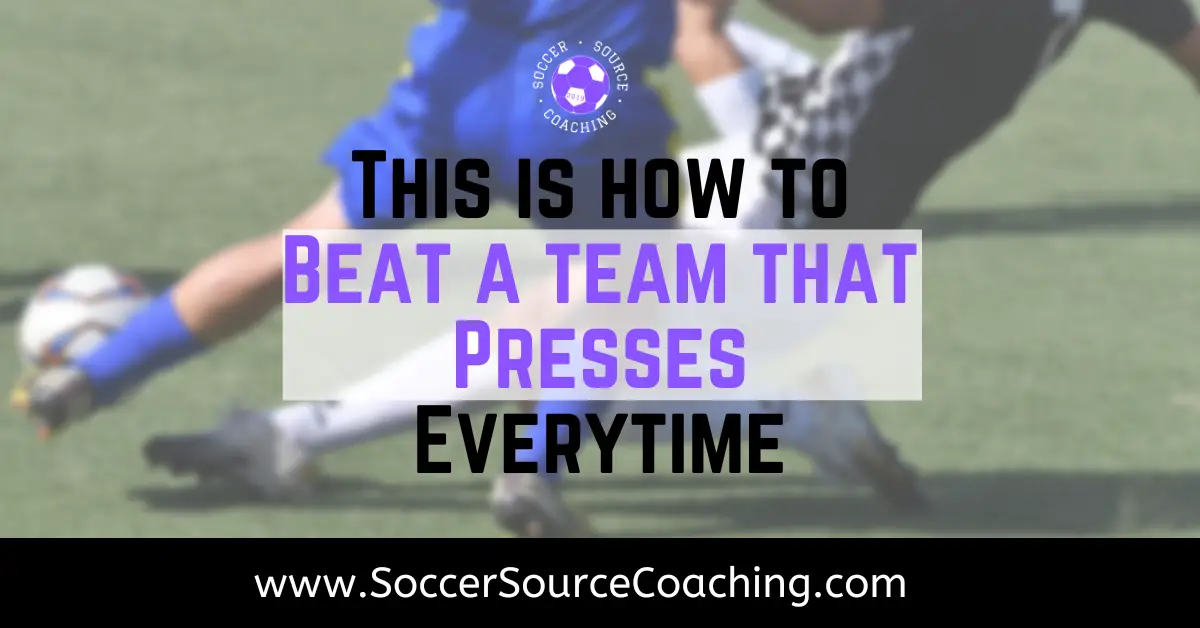
3 thoughts on “How Do You Beat a Team That Presses?| Immediate Results”
Comments are closed.